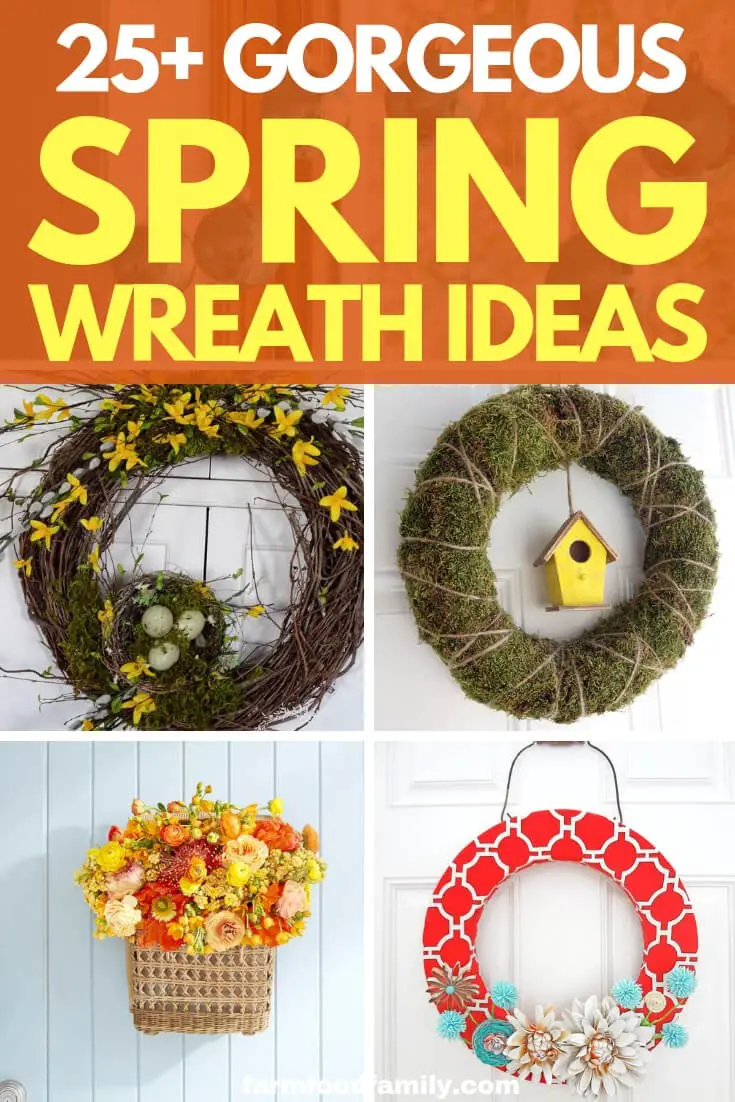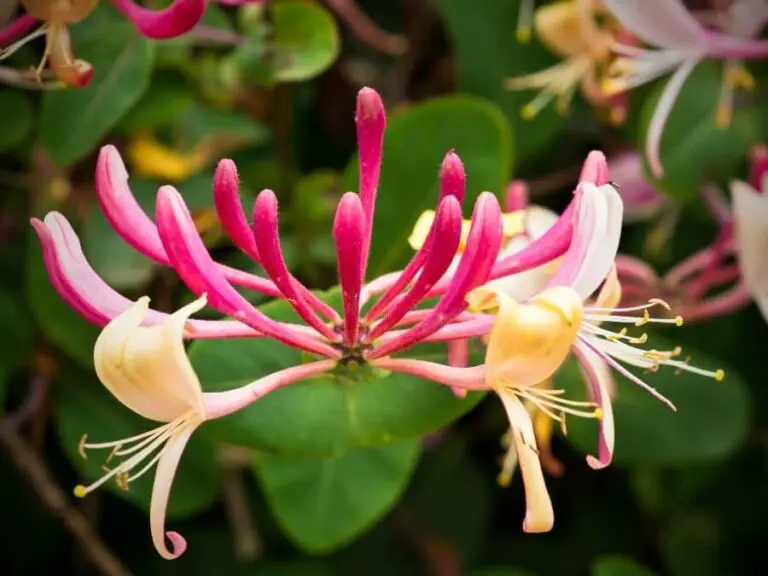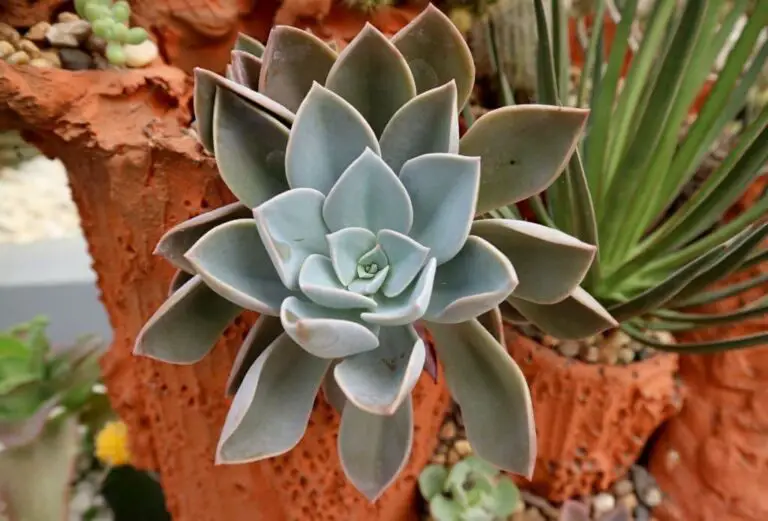Top 9 Vegetables You Can Grow In Pots
If the thought of cultivating a lush vegetable garden seems daunting, especially when it comes to space constraints, fear not! Growing veggies in pots is a fantastic solution that requires minimal setup and maintenance. In fact, with the right selection of crops, you can enjoy a bountiful harvest without breaking out the shovels or constructing elaborate raised beds.
To get started, we’ve curated a list of the top 9 vegetables perfectly suited for pot-grown cultivation, ensuring a thriving yield in no time.
Beets
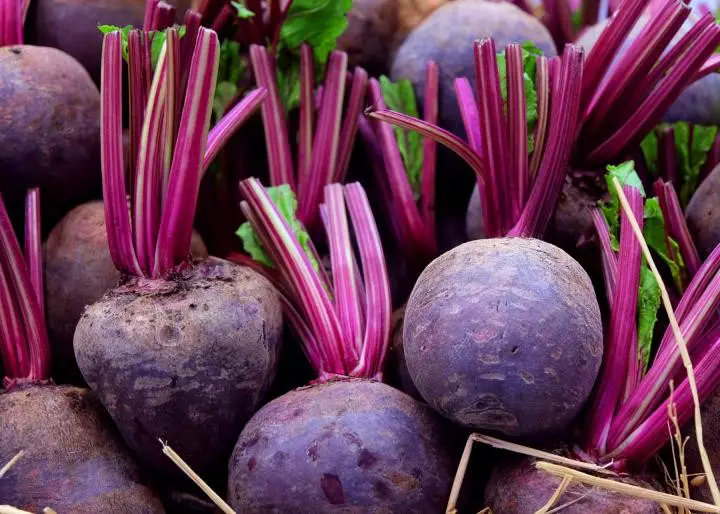
Beets are an incredibly versatile crop, with the majority of their value coming from their roots and leaves. Rich in iron, folate, and magnesium, beetroots make them a nutritious addition to any diet. Interestingly, each seed cluster contains approximately four to five seeds, making it possible to cultivate as many as five beet crops from a single cluster when sown in a one-gallon pot. Of course, the actual yield will depend on how many of those seeds are able to germinate and thrive.
Carrots
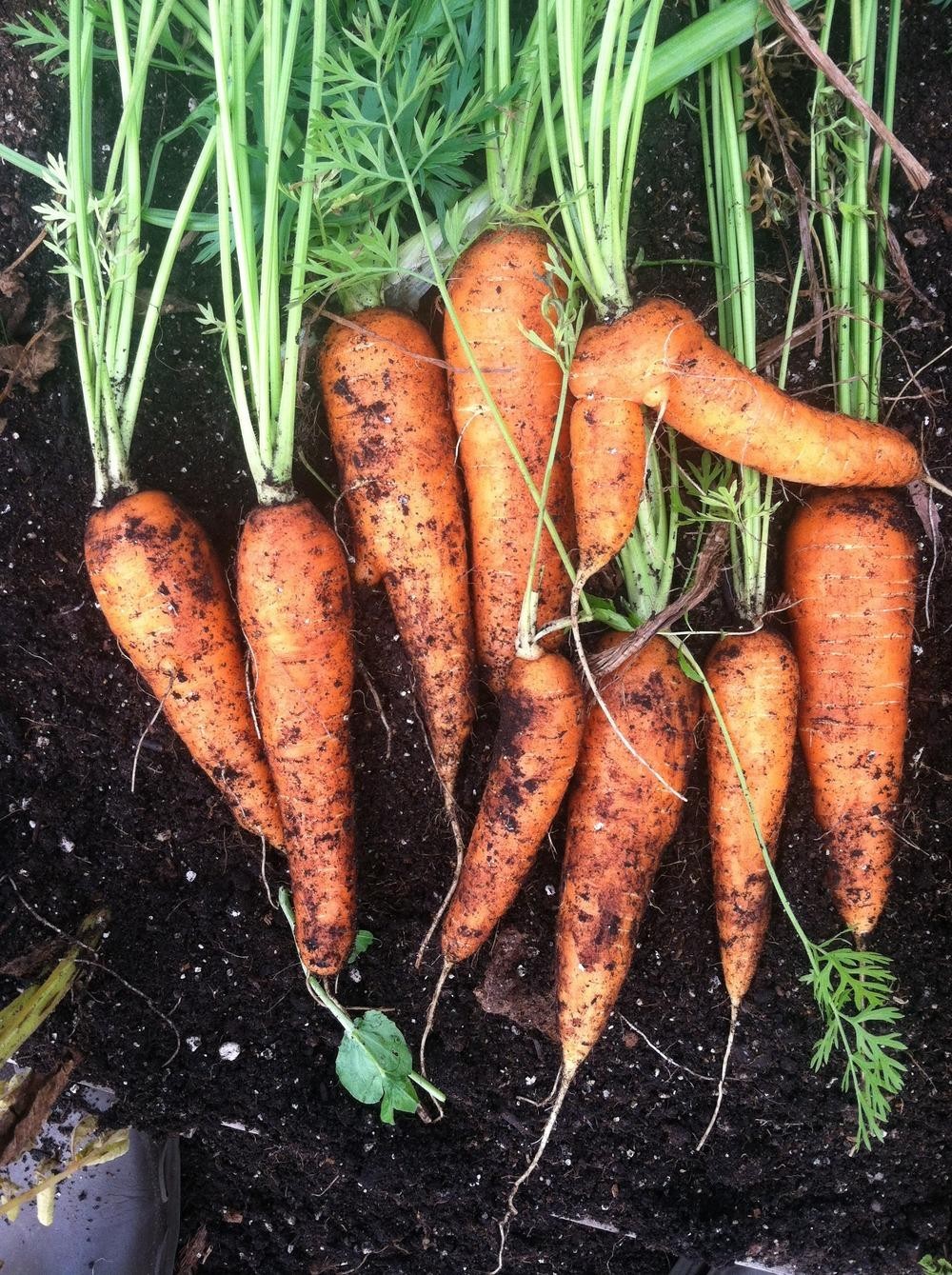
When it comes to cultivating carrots, the type of container you choose can make a significant difference. For small spaces or multiple mini-pots, baby carrots are an excellent choice. These are carefully harvested before reaching full maturity, which preserves their naturally sweet flavor and texture. For larger spaces or individual pots, regular-sized carrot varieties are a better option.
In either case, we highly recommend incorporating compost into the potting soil to stimulate growth and promote straight root development. This simple step can have a profound impact on the overall health and appearance of your carrots.
Lettuce

Lettuce is a staple ingredient in many salads, making it an excellent choice for homegrown enthusiasts. Not only do lettuce plants thrive quickly, but they also require minimal space when grown in pots. When sowing seeds, it’s essential to keep them shallow, as deep planting can hinder germination. For those living in warm regions, winter is a suitable time to cultivate lettuce. Conversely, those in cooler climates should plant the seeds early in spring.
Kale

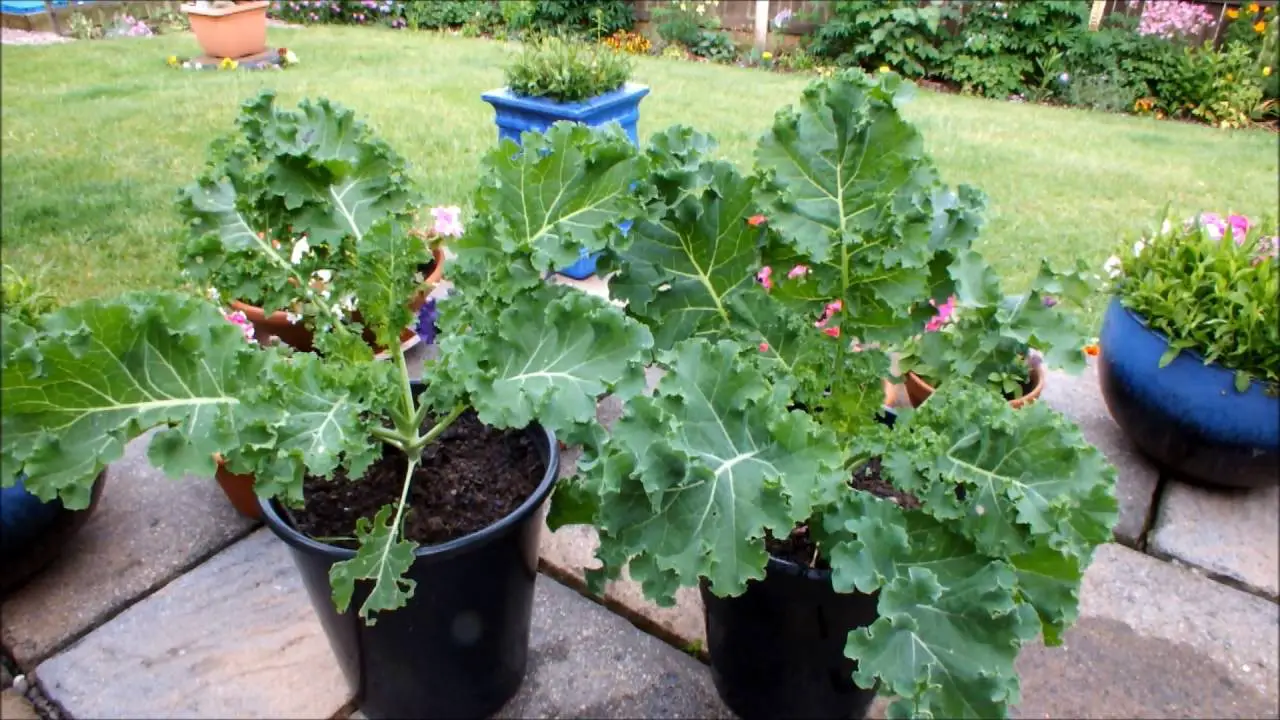
For those living in cold climates, cultivating kale is an excellent choice. This hardy green thrives in chilly temperatures and boasts an impressive nutritional profile. Rich in fiber, calcium, iron, magnesium, and vitamin C, kale is a valuable addition to any garden or pot. Among the many varieties that can be grown in containers are Red Russian Kale and Dwarf Blue Curled Kale. To give your kale plants an extra boost, consider mixing compost with poultry manure as part of your soil preparation.
For a visual guide on growing kale in a pot, check out the accompanying video.
Potatoes
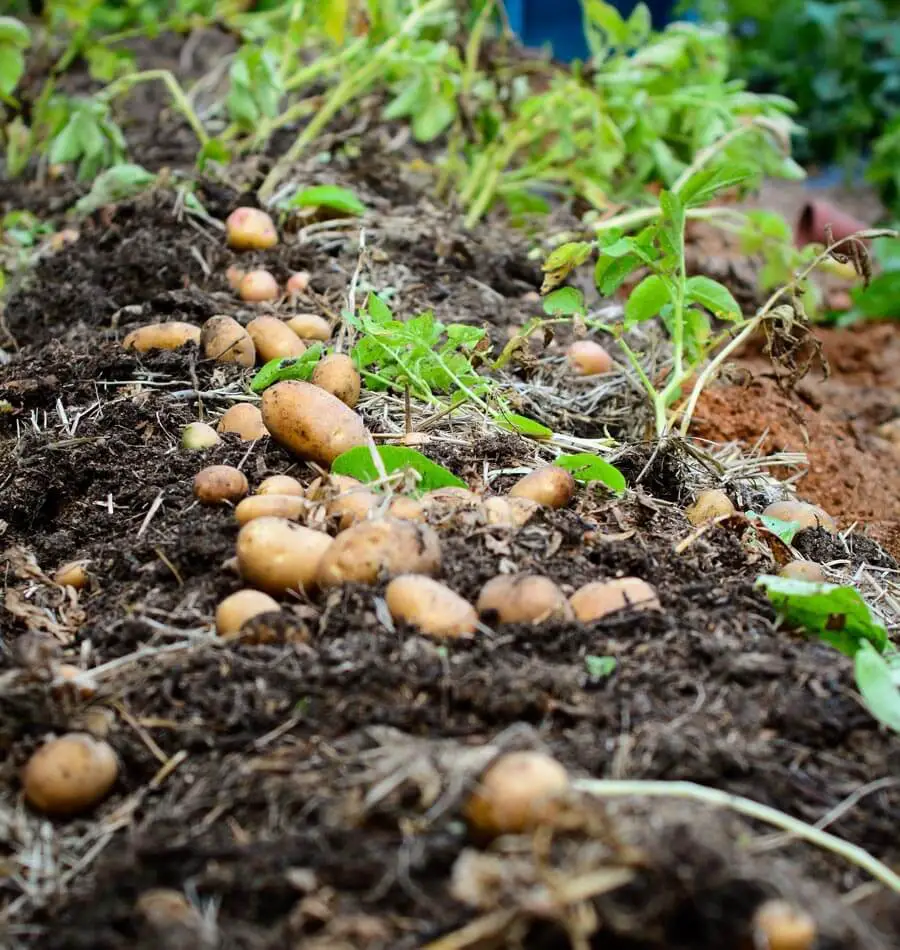
When it comes to growing potatoes in pots, one crucial aspect is consistent irrigation. Underwatering can significantly impact yields, resulting in smaller harvests. It’s essential to wait until the last frost has passed before planting, as this allows the tubers to establish themselves without the risk of damage or disease. For optimal growth, place the pots in a location that receives at least eight hours of direct sunlight per day.
To promote healthy development, use a well-draining soil mix and supplement with a slow-release fertilizer, which will provide essential nutrients throughout the growing season.
Radish
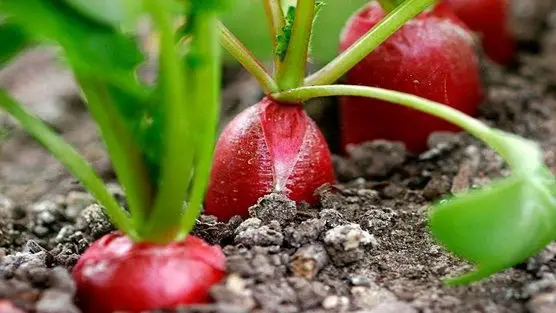
Radishes prove to be ideal candidates for container gardening, as they can mature rapidly in pots. Notably, varieties such as French Breakfast and Cherry Belle are well-suited for this type of setup, with harvest times typically falling within a month’s span. To ensure optimal growth and prevent overcrowding, it’s essential to maintain a spacing of at least three inches between each crop.
In terms of pot size, a six-inch deep container is sufficient for standard-sized radish varieties, whereas those seeking to cultivate larger specimens may find 10-inch deep pots more effective.
Spring Onions
Scallions, also referred to as spring onions, thrive in temperatures between 10 to 20 degrees Celsius during the spring or fall seasons. To get started, fill a pot with a thin layer of potting mix, followed by a fine soil covering. Next, distribute the seeds evenly across the surface and top with another layer of soil. As the plants mature over the next five weeks, be sure to thin them out to promote healthy growth.
Spinach
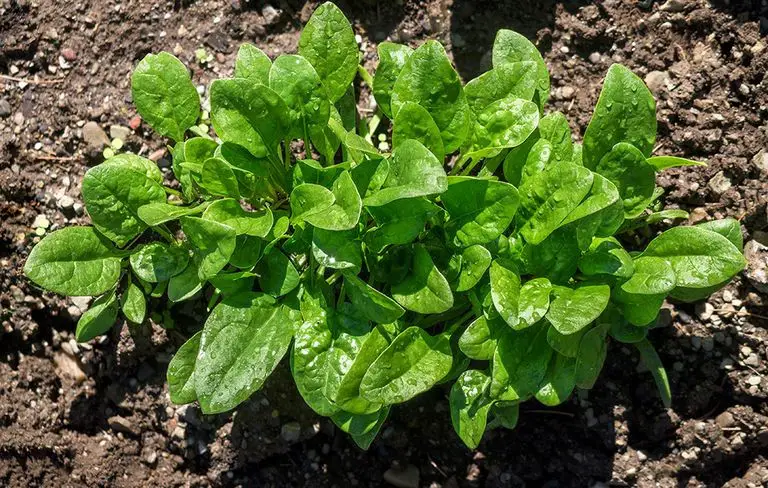
Spinach is an excellent choice due to its impressive nutritional profile, boasting vitamins A, potassium, folic acid, and lutein. This leafy green can tolerate partial sunlight, but it’s crucial to select pots with well-draining soil that falls within the ideal pH range of 6.0-7.0. To ensure healthy growth, pots should have a minimum depth and width of six inches, allowing for proper root development.
When sowing seeds, maintain one inch of separation between each seedling and thin them out as they mature to accommodate their growing needs.
Tomatoes
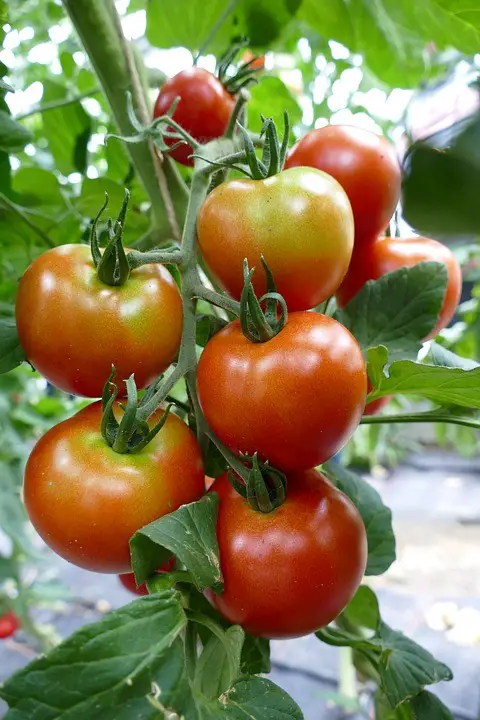
When it comes to tomatoes, make sure they receive the right amount of sunlight – specifically, six to eight hours of direct sunlight daily. When growing multiple tomato plants in pots, keep them spaced out just enough that their leaves don’t touch each other. This simple arrangement provides a bonus layer of shade for the root areas of the central pots. For the best results, opt for pots with a diameter of at least two feet and add a layer of mulch to help retain moisture.
As for why you should consider growing your own vegetables, it’s an incredibly efficient way to enjoy a bountiful harvest. We hope this guide has inspired you to start growing; if you have any further questions or concerns, feel free to leave a comment.

